
On January 17, 2022, the launching ceremony of Compendium of Collections in the Palace Museum·Calligraphy·Qing Dynasty was held at the Forbidden Academy in the Palace Museum. The members attending the ceremony included Wang Xudong, member of the Leading Party Group of the Ministry of Culture and Tourism and director of the Palace Museum, Zheng Xinmiao, former director of the Palace Museum, Shan Jixiang, director of China Cultural Relics Academy and former director of the Palace Museum, and Kang Wei, secretary of the Party Committee and chairperson of the Board of Directors of Beijing Publishing Group. The ceremony was chaired by Yan Hongbin, deputy director of the Palace Museum.
Compendium of Collections in the Palace Museum (“Compendium”) enjoys the reputation of “the Palace Museum on Paper.” Categorized into themes of painting, calligraphy, sculpture, jade and rare books and special archives, more than 100 volumes of the Compendium have been published. It took 10 years to publish totally 35 volumes of Compendium of Collections in the Palace Museum·Calligraphy (“Book of Calligraphy”), a task which was started from 2012 with the publishing of the first volume and completed at the end of 2021 with the publishing of the last volume. The Book of Calligraphy records the calligraphic works collected in the Palace Museum that span Jin, Tang, Song, Yuan, Ming and Qing dynasties. It is the result of sorting out and counting the cultural relics in the Palace Museum, and is currently the most complete record of the calligraphic works collected in the Palace Museum. It provides further important materials for doing academic research on Chinese calligraphy and renowned Chinese calligraphers. Compendium of Collections in the Palace Museum·Calligraphy·Qing Dynasty is the last part of the Compendium of Collections in the Palace Museum·Calligraphy. It took five years for Beijing Publishing House and The Forbidden City Publishing House to complete the publishing of Compendium of Collections in the Palace Museum·Calligraphy·Qing Dynasty. The book records in 15 volumes the calligraphic works created by more than 1,400 calligraphers in the Qing Dynasty.

Compendium of Collections in the Palace Museum·Calligraphy·Qing Dynasty comprehensively displays the thriving development of calligraphy in the Qing Dynasty, and, for the first time, showcases the works that were completed by calligraphers of various schools, have diverse themes, reflect different periods of time, and present distinctive styles. As it provides authoritative catalogues and pictures of the Qing calligraphic works collected in the Palace Museum, it represents a hard-to-get collection of authentic Chinese calligraphic works, and thus has important value for research, appreciation and learning.
The Palace Museum boasts a large collection of the calligraphic works in the Qing Dynasty. Compendium of Collections in the Palace Museum·Calligraphy·Qing Dynasty selects representative works of different periods of time, and incorporates the authentic works by emperors and empresses, court officials and calligraphers. With the aim to display all calligraphic works collected in the Palace Museum, the book displays a large number of calligraphic works that have never been published before.
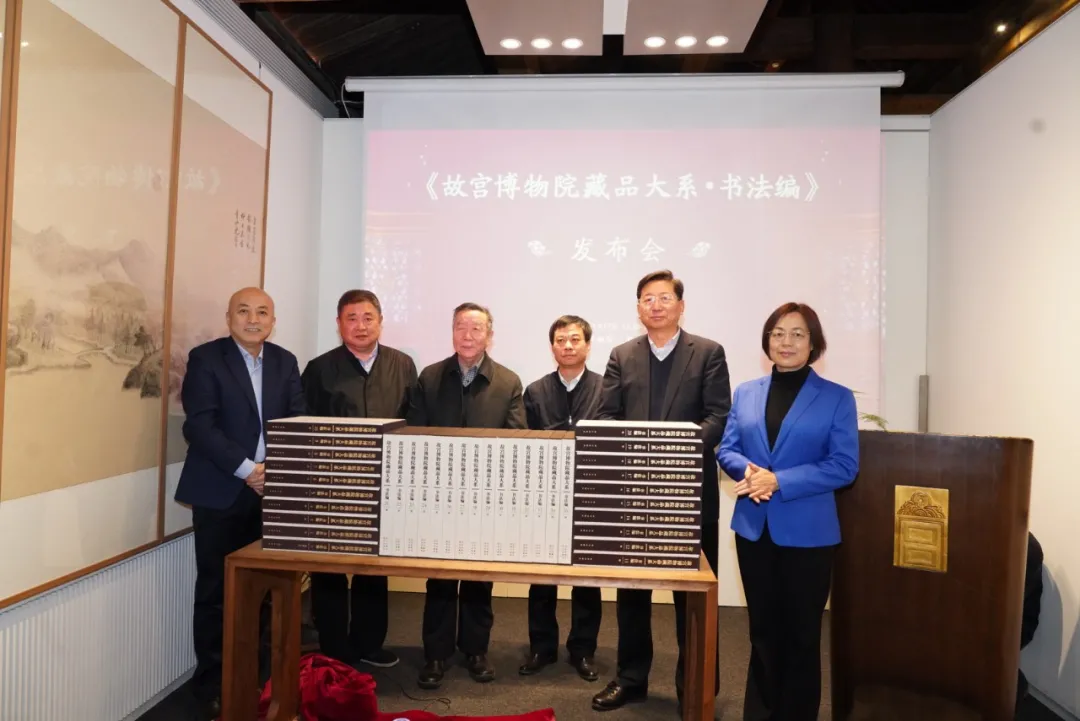
Leaders unveiled the book Compendium of Collections in the Palace Museum·Calligraphy·Qing Dynasty
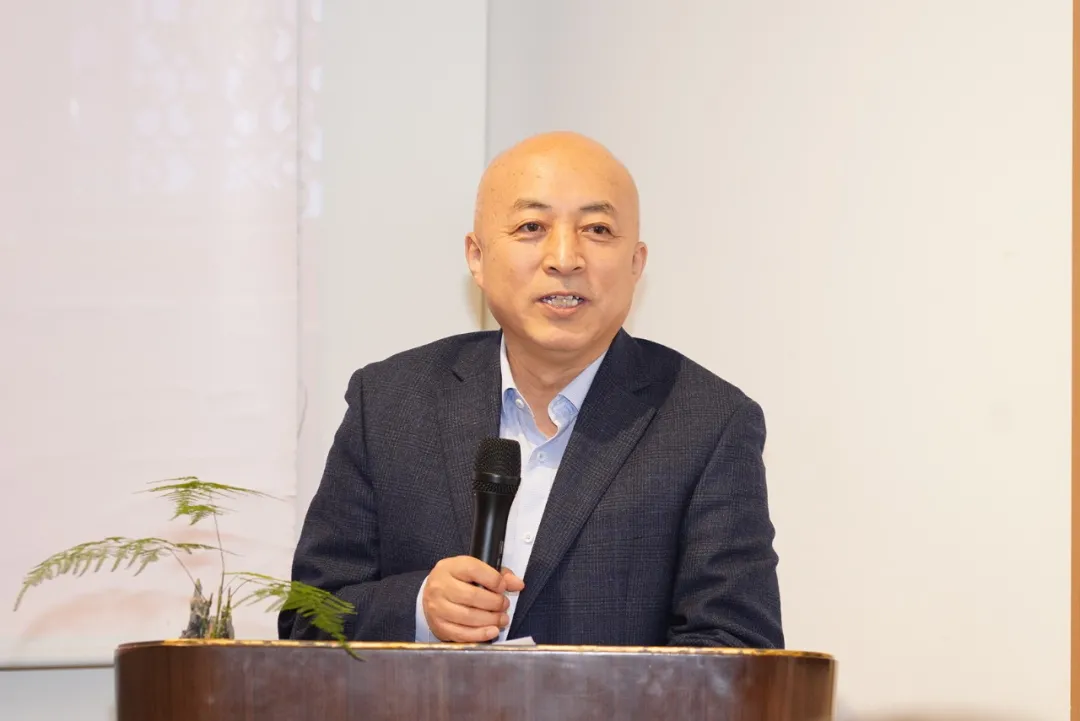
In his speech, Wang Xudong said that the Palace Museum and the cultural relics it collects represent the crystallization of the wisdom of ancient Chinese people and reflect the fine traditional Chinese culture. The scholars and experts in the Palace Museum from one generation to another have devoted themselves to exploiting and interpreting the multiple values of these precious cultural relics. By relying on the efforts of the colleagues in the publishing industry, they display these cultural relics through a series of publications. The efforts of 10 years culminated in the publishing of totally 35 volumes of Compendium of Collections in the Palace Museum·Calligraphy·Qing Dynasty, which is indeed an event worthy of congratulation! The publishing of the book series marks the conclusion of sorting out and counting the cultural relics in the Palace Museum over the past decades. It also embodies the fine tradition of the Palace Museum in attaching importance to academic research and cultural dissemination. The Palace Museum will continue to intensify the efforts to make itself “safe, academic-oriented, digital and dynamic”, and constantly release cultural products based on academic research, in a bid to really “enliven” cultural relics and contribute to the more prosperous development of the socialist culture with Chinese characteristics.
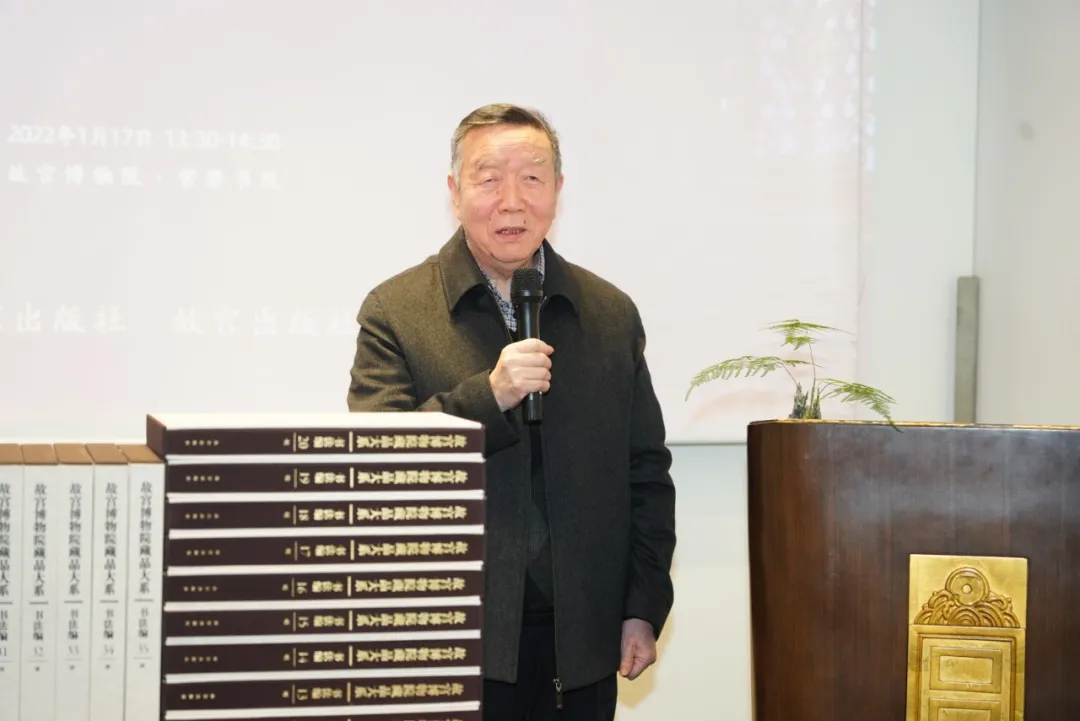
In his speech, Zheng Xinmiao said that the launching of Compendium of Collections in the Palace Museum·Calligraphy·Qing Dynasty is of important significance to the Palace Museum. The publishing of the compendium of collections represents the strength of a museum; on the other hand, it also poses a challenge. Calligraphy is recognized by the State as a first-level discipline, and constitutes the basis of the Chinese art. The compilation of Compendium of Collections in the Palace Museum·Calligraphy·Qing Dynasty involved the selection of collected works, reflecting high value of reference for doing academic research. Through their coordinated efforts to fully leverage their respective professional advantages, the editors in both publishing houses successfully completed the compilation and publishing of Compendium of Collections in the Palace Museum·Calligraphy·Qing Dynasty. Zheng Xinmiao hoped that both publishers would further develop their collaboration for creating more quality products.
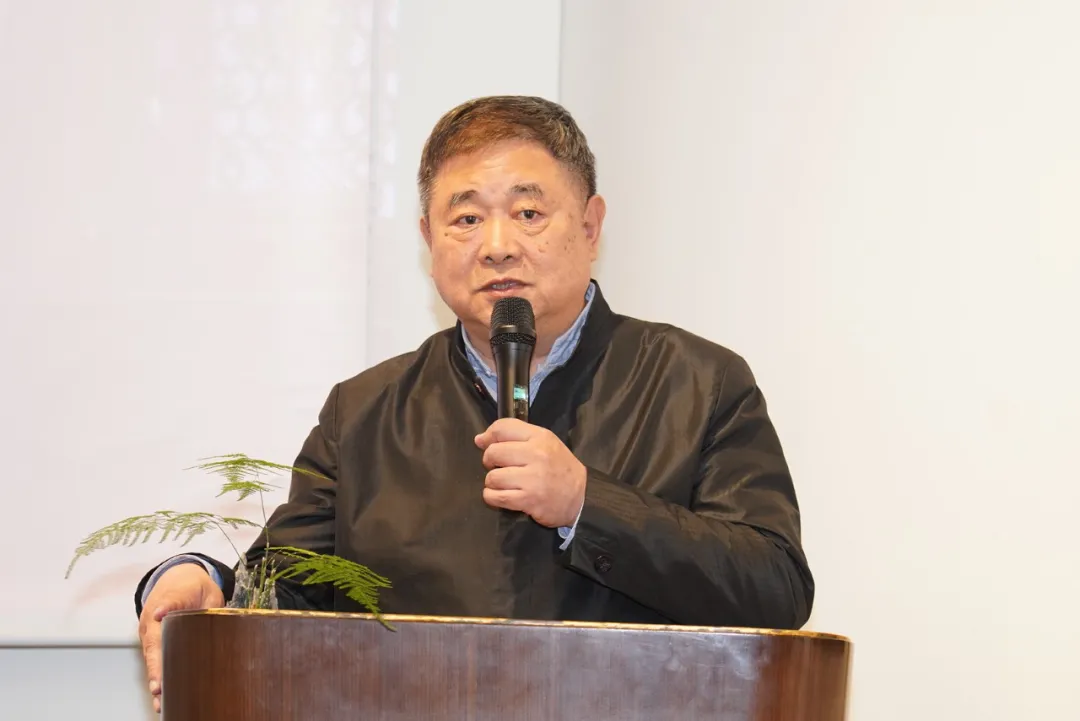
In his speech, Shan Jixiang said that Compendium of Collections in the Palace Museum·Calligraphy demonstrates three advantages of the Palace Museum. First, the Palace Museum boasts a large number of collections. Of all the 156,000 calligraphic works and paintings collected, 75,000 pieces are calligraphic works. Compendium of Collections in the Palace Museum·Calligraphy·Qing Dynasty records the top-notch calligraphic works in the Qing Dynasty. Next, Compendium of Collections in the Palace Museum·Calligraphy·Qing Dynasty symbolizes the efforts of “professional talents” who have done academic research with rigorous attitude from generation to generation in the Palace Museum. Third, the Palace Museum Publishing House is the only publishing house possessing the publishing resources of the Palace Museum in China. The Forbidden City Publishing House and Beijing Publishing Group have enhanced each other’s strength through this collaboration. Shan Jixiang expected that both publishers would continue to select publishing titles on disseminating fine traditional Chinese culture, and fully explore various kinds of resources to present the complete collections in the Palace Museum, so that they can enhance the determination and gather forces to the Chinese Dream of national rejuvenation.

Kang Wei extended warm congratulations to the formal launching of Compendium of Collections in the Palace Museum·Calligraphy·Qing Dynasty. In his address, he said that the cultural prosperity cannot be achieved without the support of state-owned publishers that undertake their responsibilities. With the rich cultural heritages accumulated over a history of nearly 100 years, the Palace Museum is China’s largest museum on the ancient Chinese culture and arts. It serves as an important window and bridge for people around the world to learn about the Chinese culture and feel the charisma of China, and it plays an important role in promoting the communication between China and the rest of the world. According to Kang Wei, as the only comprehensive publishing organization directly under the Beijing Municipality, Beijing Publishing Group has developed rich cultural tradition over its history of more than 70 years. To meet the new requirements of the CPC Central Committee for the publishing work, and in light of the arrangement of the municipal Party committee, Beijing Publishing Group has advanced an all-round reform according to a five-sphere integrated plan. It has come up with a top-level design and implemented strategic guidance, strengthened the coordination and interactions with governments, the society and the market for leveraging resources, and constantly conducted specific publishing projects, expanded the scope of business and branched out into new business fields. To “enliven the cultural relics collected in museums, the heritages exhibited on the vast land, and the Chinese characters in ancient writings”, Beijing Publishing Group and the Palace Museum, National Library of China, National Cultural Heritage Administration, Art Exhibitions China and other important “national cultural organizations” jointly create a number of excellent publications and innovative cultural products. According to Kang Wei, Compendium of Collections in the Palace Museum·Calligraphy·Qing Dynasty gives a comprehensive presentation of the calligraphic achievements in the Qing Dynasty. It is also the first publication that fully and systematically exhibits the precious calligraphic works of the Qing Dynasty collected in the Palace Museum. Beijing Publishing Group would further develop its collaboration with the Palace Museum for creating more high-quality publications to contribute its share to disseminate the Chinese culture.
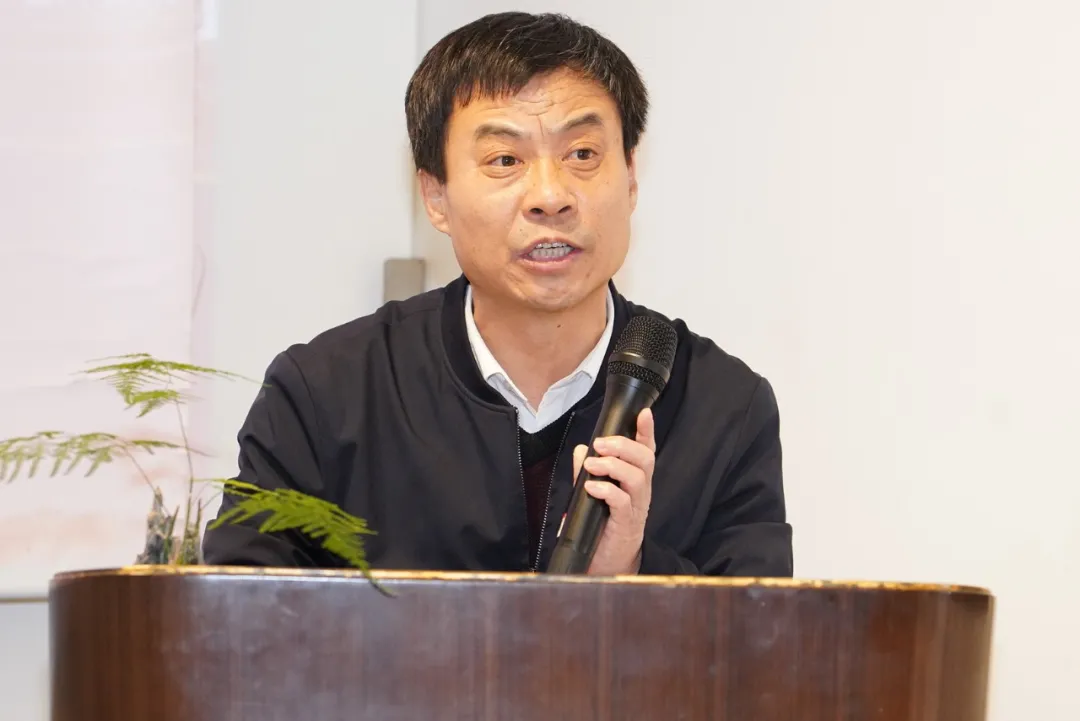
Zhang Ruijiang said that Beijing Municipality always supports excellent publication projects. The special fund established by Beijing Municipality for rendering publicity and developing culture provided a bountiful sum of money for publishing Compendium of Collections in the Palace Museum·Calligraphy·Qing Dynasty. The publishing of the book is of important significance for spreading and inheriting fine cultural traditions of the Chinese nation. He hoped that both publishers should seize the opportunity of compiling and publishing the book to implement the guiding principle of the instructions given by General Secretary Xi Jinping on cultural development, maintain the correct political direction and break new ground when throwing themselves into practices, so that they can write new chapters for the greater development and prosperity of the cultural undertaking in Capital Beijing.
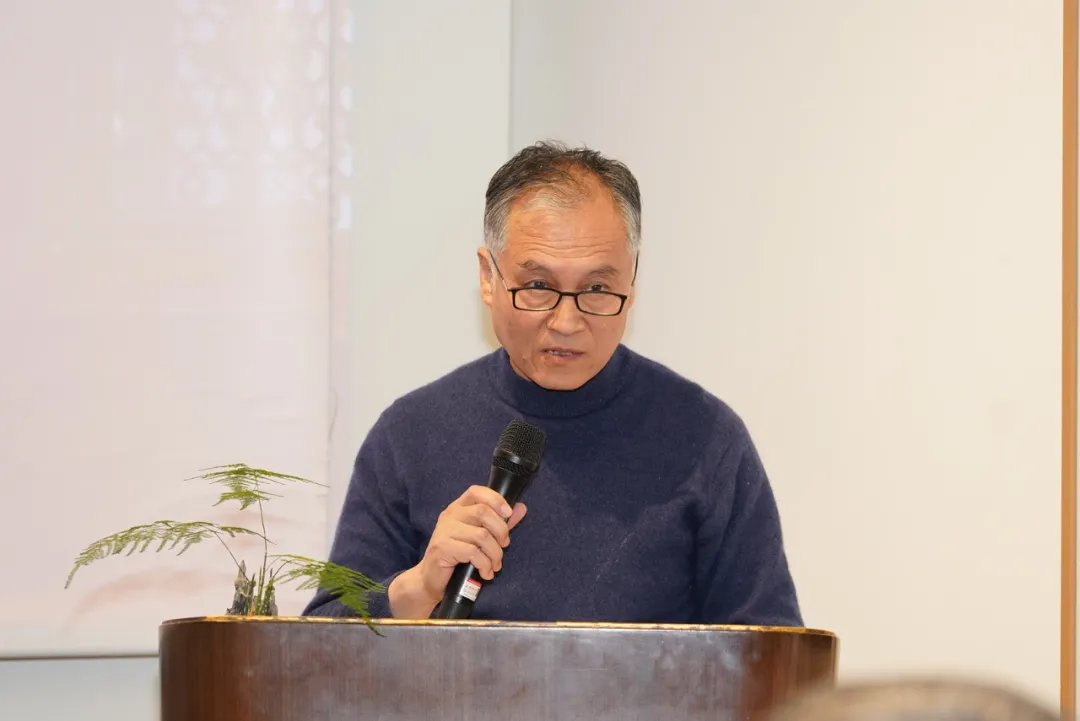
Fu Hongzhan said that Compendium of Collections in the Palace Museum·Calligraphy incorporates the representative works by more than 220 calligraphers ranging from the Western Jin Dynasty to the Qing Dynasty. The compilation of the book was also a process of learning and summarization, in which the clues to the historical evolution of Chinese calligraphy through successive dynasties were figured out. The profound calligraphic art conveys the historical information of the Chinese culture, develops fine Chinese traditions, and promotes the vigorous cultural development. The successful publishing of Compendium of Collections in the Palace Museum·Calligraphy·Qing Dynasty marked the completion of the publishing project of the 35-volume Compendium of Collections in the Palace Museum·Calligraphy. It is expected that Compendium of Collections in the Palace Museum·Calligraphy·Qing Dynasty can be appreciated by more and more readers, and enrich the minds with fine traditional Chinese cultural traditions.
Other leaders and experts attending the book launching ceremony included:
Zhang Ruijiang, level-I division rank official of the Publishing Division in the Communication Department of Beijing Municipal Committee of the Communist Party of China,
Li Qingxia, member of the Party committee, member of the Board of Directors and editor-in-chief of Beijing Publishing Group, and
Fu Hongzhan, former director of the Department of Paintings and Calligraphy in the Palace Museum.

